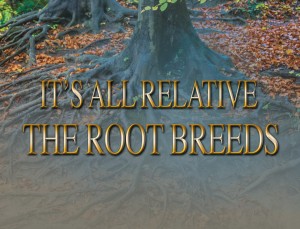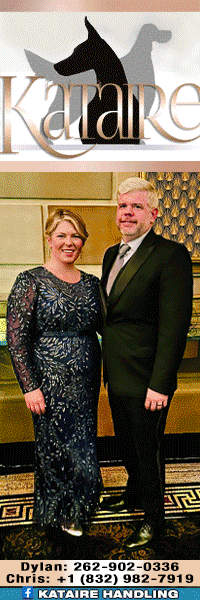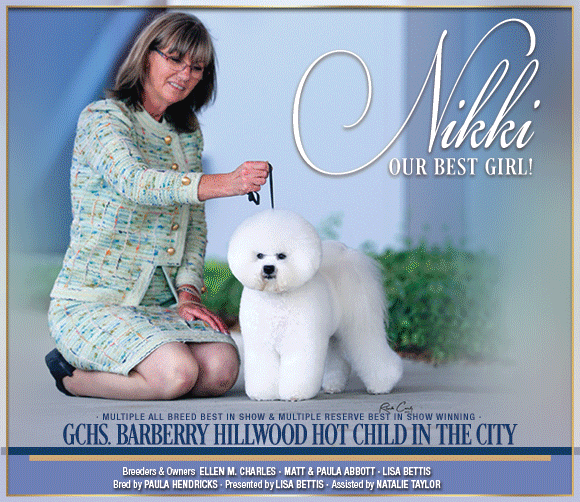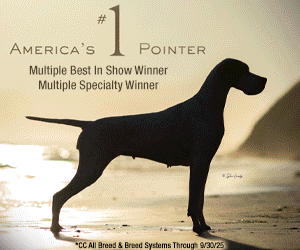It’s All Relative – The Root Breeds
Click here to read the complete article
58 – September, 2020
 By Wayne Cavanaugh
By Wayne Cavanaugh
Purebreddogs are the world’s most diverse species. In a detached sense, they are a spectacular genetics experiment continually unfolding in record time. Think about this tidbit for a minute: the inimitable Betty White is 98 years old. When she was born, most of today’s dog breeds did not exist!
If Betty’s family had brought her to a dog show before her third birthday, they surely would have missed Golden Retrievers simply because goldens hadn’t been recognized as a breed until 1925. Of course, she would have also missed 117 other of today’s 195 AKC recognized breeds because they had not yet been recognized either.
Before the turn of the century, 80% of today’s dog breeds didn’t even exist, never mind become recognized by a kennel club. When we walk into a dog show, do we stop and consider where the wide scope of breeds came from? Or, are they just there? I can’t help but wonder what judging would be like if people spoke less about each other and more about the importance of understanding a breed’s human-guided canine evolution.
Because of many factors, especially comparative features, canine evolution leads to a classic judging dilemma; that is, you absolutely cannot become an expert in a breed by studying only that breed. You cannot even begin to understand a breed by studying only that breed. Unless, of course, you also study other breeds! In particular, you cannot learn about a breed without seriously studying and reflecting on the contributions of the breeds used to developed the breed you are trying to learn. It’s just not possible.
Years ago, while the late Dr. Jim Edwards and I were giving a judging seminar, a student asked if we could skip over the history and go straight to the breed standard. His contention was that he didn’t need to know the history to judge the breed. I suppose that is somewhat true if his goal was to pass a breed standard test, settle for below average, and hand out ribbons. The student was reminded that there is no breed standard without history and there is no history without “root breeds.”
Somewhere in every breed’s history is its secret ingredients. Lying at my feet as I write is Killian, a fit, muscular, 196-pound bundle of largeness and kindness. He is the product of an ancestry of large sighthound-type breeds of the era and geography. His breed numbers were shrinking to near extinction until “recovered” in the mid-19th century by the immortal Captain Graham. Graham used some deerhounds of the time and a single cross of Tibetan Wolfdog for an evolutionary boost while a few of his contemporaries added one or two Great Danes to the recipe. If you haven’t guessed, the dog at my feet is an Irish Wolfhound; I learn something about sighthounds from him every day and have absolutely no problem seeing the early versions of the root breeds in his conformation, character, and movement. How could I possibly understand Irish Wolfhounds if I didn’t seriously study their fascinating “root breed” ingredients?
Short URL: http://caninechronicle.com/?p=189693
Comments are closed












